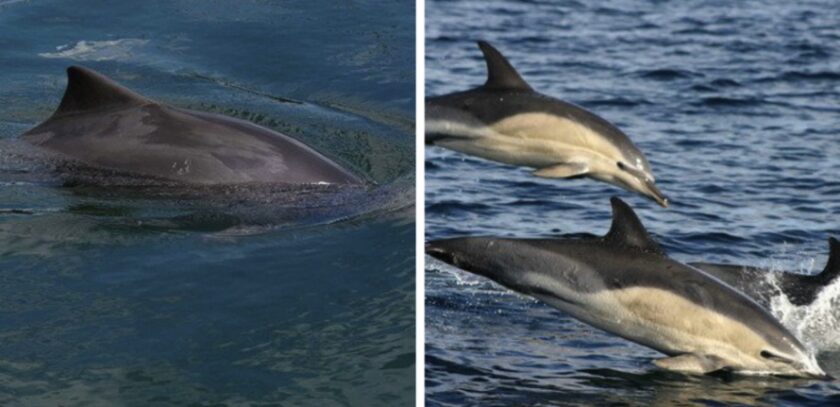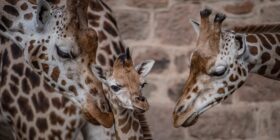Habits of cetacean and seabird species in Welsh seas mapped in major study

A significant study examining the presence of whales, dolphins, porpoises (cetaceans) and seabird species in the seas around Wales has been published.
The study is the largest ever collation of survey data and development of distribution maps for cetaceans and seabirds in Welsh seas.
It maps the most common species found in and around Welsh waters, using data captured from three decades of dedicated surveys.
Marine scientists from Natural Resources Wales (NRW) say it provides a critical baseline of species densities, distribution and sightings which will be used as a key resource for conservation advice, as well as for marine planning and development.
A total of 12 cetacean and 28 seabird species, were analysed by experts from the Sea Watch Foundation and Bangor University.
Professor Peter Evans and Dr James Waggitt, the report authors said:
“Data gathered from numerous surveys enabled the use of advanced modelling techniques to predict the numbers of certain species by month, season and decade providing a comprehensive view of the habits of these species present in Welsh and surrounding seas.
“These included the harbour porpoise, bottlenose dolphin, common dolphin, Risso’s dolphin, and minke whale as well as seabirds like the Manx shearwater, European storm petrel, northern gannet, common guillemot, razorbill, and Atlantic puffin.”
Dr Tom Stringell, lead specialist advisor on marine species for NRW, commissioned the work and said:
“This resource provides crucial information to help us manage the sea in Wales.
“It provides a baseline on where this wildlife is and how many there are, which will be vital when considering the environmental impact of any planned activities as well as ensuring we are giving up-to-date advice.”
Matthew Murphy, NRW’s lead marine ornithologist added: “Wales has really important habitats for a range of seabird species – we have the largest Manx shearwater colony in the world on the islands of Skomer and Skokholm, and Grassholm the third largest northern gannet colony in the world.
“This study is significant and provides a baseline to be used in a variety of ways particularly in conservation advice.”
[Photo: Seawatch Foundation]
Spotted something? Got a story? Send a Facebook Message | A direct message on Twitter | Email: [email protected]Latest News









